Liquid wallpaper for the bathroom: features, pros and cons, selection rules
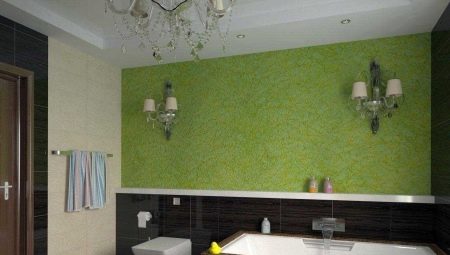
The choice of liquid wallpaper for the bathroom is increasingly proving to be more justified than using traditional materials. With the advent of moisture-resistant mixtures on the market, the problem of the fragility of such compositions has become a thing of the past.
But the results before and after application on the walls are really impressive - with liquid wallpaper you can give the bathroom a unique, unusual, stylish look and significantly reduce the repair time. Feedback from specialists in the field of finishing work also confirms that with such a decor, the room will be transformed and at the same time will not lose its functionality.
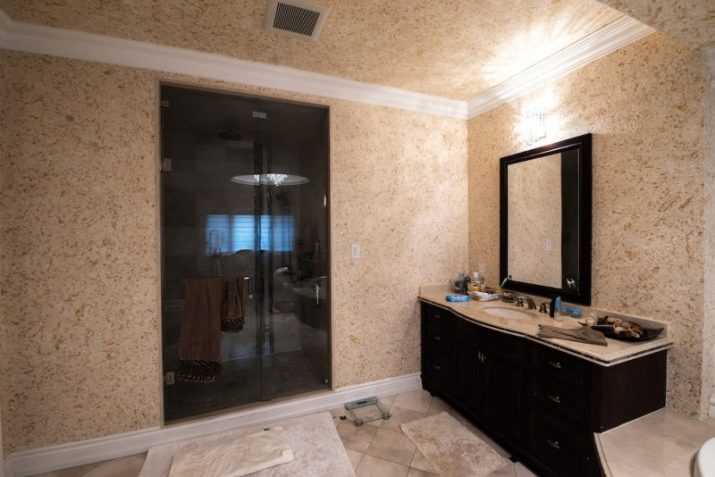
Before starting repairs, it is worth studying the features of moisture-resistant liquid wallpaper, the rules for choosing and how to apply them. This finishing material combines the durability of plaster and the environmental friendliness of classic paper coatings.... Not all types of canvases are suitable for the bathroom, and you must make sure that the composition is intended for rooms with high humidity.


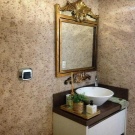

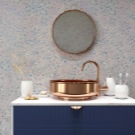
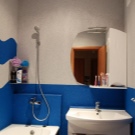
Peculiarities
Liquid wallpaper for the bathroom is considered a type of textured plaster and is applied to the surface of the walls without requiring prior alignment. The compositions are based on breathable hygroscopic components that do not allow moisture to stagnate in the air.
The mixture for the preparation of the composition that is applied to the walls is sold in powder form with a white base and decorative components:
- coloring pigments;
- mica;
- mother of pearl;
- glitters (sparkles);
- mineral chips;
- fibers of silk or other materials.
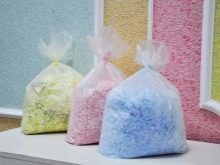
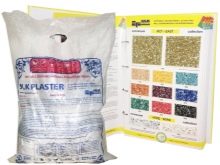

The mixture is prepared by hand, by mixing until all ingredients are homogeneous.
The composition is stored for up to 5 days in a closed container. In some cases, tinting and mixing takes place directly at the point of sale. Among the features of this material, one can note the absence of restrictions on the geometry of surfaces. Liquid wallpaper is suitable for ceilings, walls, decorating niches, ledges, complex architectural elements.
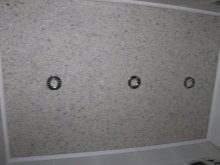

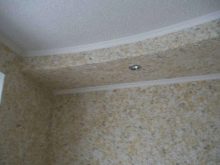
The composition of the mixture itself is also quite interesting and bears little resemblance to both plaster and classic wallpaper. The basis, in addition to glue, plasticizers, antifungal additives, may be the following components.
- Silk. Such liquid wallpaper has a pleasant original texture, smooth to the touch thanks to natural silk fibers. The composition is applied to the surface of concrete or drywall without prior leveling or other processing. To increase adhesion, special primers are available.
A big advantage of silk liquid wallpaper is its maintainability - the desired area can be restored without dismantling the entire coating.

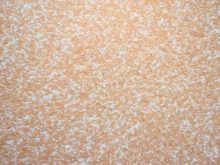
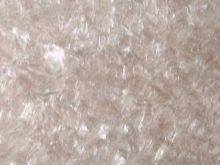
- Cotton. The content of pure fibers here reaches 98%, mica is responsible for the strength in the composition. Additives can also include cellulose, which imparts texture to the coating.
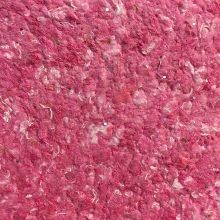
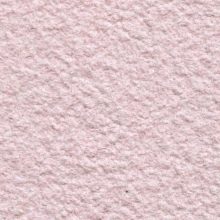
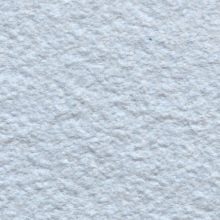
- Cellulose. This basis provides for the use of recycled wood - the most environmentally friendly material. The mixture allows you to hide small irregularities, is suitable for use in rooms where there is no central heating.
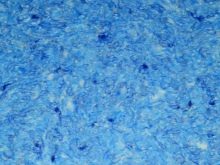
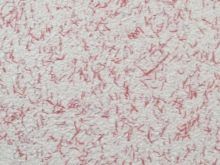
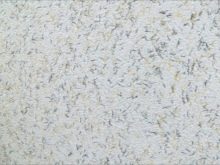
The topcoat is most often a decorative composition that gives the walls a special appeal. In addition, to increase the moisture resistance of materials, manufacturers suggest using outer coating based on acrylic lacquer, which reduces the breathability of the finish. But many modern formulations already have a sufficient degree of waterproofing.

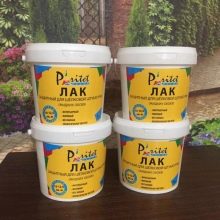
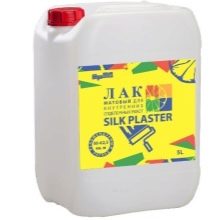
On sale you can find a ready-made mixture, which only needs to be filled with dyes, as well as "semi-finished products" in the form of dry powder or flakes that need additional addition of textural decorative components... A package of 1 kg is designed to process 3-4 m² of area.
White liquid wallpaper can later be used as a base for painting.
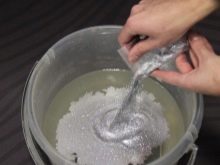


Advantages and disadvantages
The use of liquid wallpaper in the interior of the bathroom has a number of obvious advantages.
- Surface leveling effect. Like plaster, liquid wallpaper allows you to eliminate minor defects, imperfections on the surface of the walls.
- Low deformational expansion when heated... Correctly applied and dried coating can withstand a drop in atmospheric temperatures and ambient heating above +60 degrees.
- Hygroscopicity... The walls "breathe", evaporating excess moisture. However, this advantage is lost when a protective acrylic lacquer coating is applied.
- Antistatic properties. As part of liquid wallpaper, there are no components that contribute to the generation of static electricity. As a result, dust does not accumulate on them, cleaning the bathroom takes less time.
- High level of environmental friendliness. The material does not contain hazardous or toxic components, it is safe for people with allergies.
- Ease of restoration. If the material is not covered with varnish, it is easy to dissolve it with water and smooth over the damaged area with a spatula. Liquid wallpaper on a silk basis lends itself particularly well to repair.
- Increased thermal and sound insulation properties. A very useful quality for multi-apartment housing, where any additional protection from noise and cold significantly increases comfort.
- Lack of ability to absorb odors.
- Visual appeal, no seams. The wall decor looks solid and harmonious.
- Fast and easy application... No special knowledge or special skills required.
- A wide range of decor options. You can even create murals and art canvases with wallpaper. Textures range from smooth and glossy to rough.
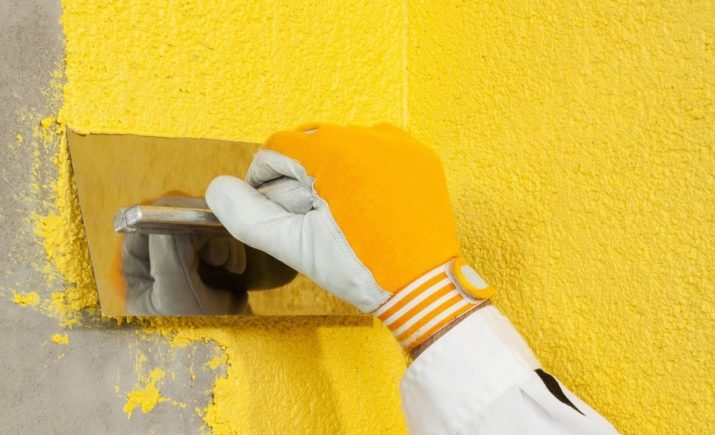
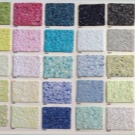
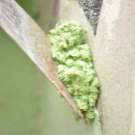
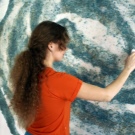
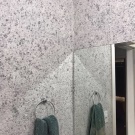
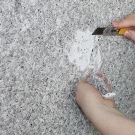
There are also disadvantages. Compared to moisture-resistant roll wallpaper, their liquid counterparts are much more expensive. In addition, the surface of the walls must be pre-prepare. It will be difficult to apply the coating on a wooden base or brick.
If the coating is not protected with acrylic varnish, with constant water ingress, it may deform. But in a spacious bathroom, this problem is solved by the combined use of material in combination with tiles in the wettest areas.
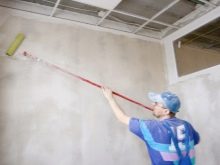


A significant disadvantage is the difference in the composition in color, if its application is carried out at different times. All claims that it is possible to postpone work for several days and continue it without consequences are broken against reality.
In addition, the compositions from different packages, even in the same batch, may differ in color.
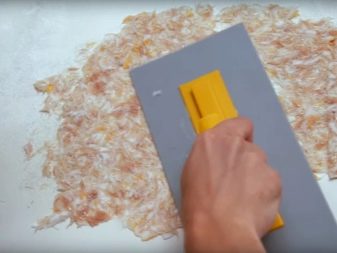
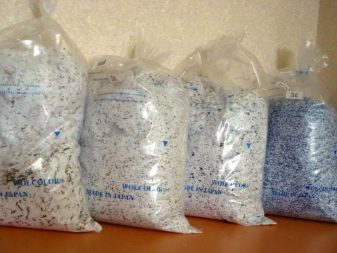
Selection rules
If you don't want to glue classic vinyl canvases, you can use mixtures applied as plaster, but be sure to adhere to a number of recommendations.
- Check for special markings. If there is no indication on the packaging that the composition has increased moisture resistance, do not rely on the assurances of the sellers. It is better to additionally check the information. The absence of labeling may indicate that the product is counterfeit - branded products always have a full set of necessary symbols and information about the composition.
- Consider the area of the room. Textured coatings are quite "tricky" and are poorly suited for small areas without windows. In this case, it is worth doing with finishing 1 wall, as far as possible from the bath and shower. In addition, in a small room textured wallpaper can create the feeling of "oatmeal" smeared on the walls, and only with a certain perspective do they show their decorative properties.
- Choose the right base type... Moisture swelling is typical for liquid wallpapers with a lot of cellulose. Cotton and silk blends are more expensive, but do not deform as much on contact with water. Moreover, in fiber compositions based on a textile base, the surface texture looks much more interesting. If your budget allows, you should definitely choose a liquid silk-based wallpaper.
- Choose a place for application carefully. It is not recommended to apply the composition on wall surfaces that are in direct contact with water. Here, even increased moisture protection will not prevent damage to the material.
- Trust trusted manufacturers. Among the most famous brands are the Russian company "Stenol", the French concern Senideco - the "pioneer" in the production of liquid wallpaper with a moisture-resistant structure. Lovers of original interior decor will be interested in American Cotex mixes with the addition of glitters or Swarovski crystals.
- Consider the overall design solution... It is worth considering in advance the texture and color of liquid wallpaper, as well as their compatibility with other interior items. The color scheme of such coatings is quite diverse, but it will not work to get too bright shades, they will always be a little muted.
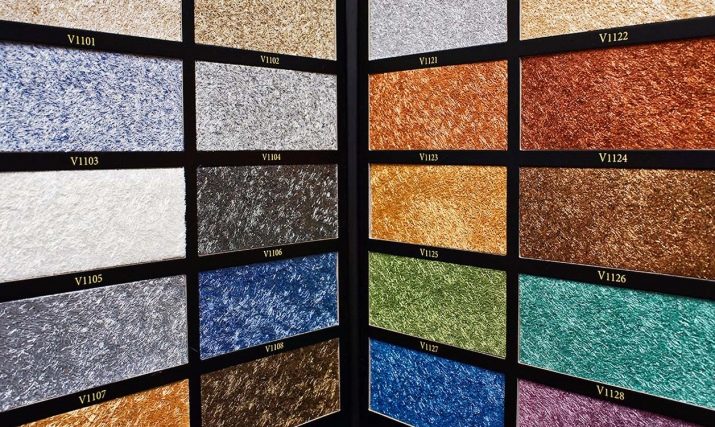
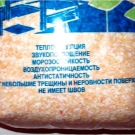
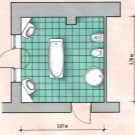
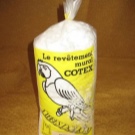
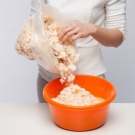
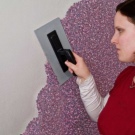
Observing these rules, you can find high-quality liquid wallpaper that can decorate a bathroom.
Review overview
Studying the reviews of people who have already compared the results before and after applying liquid wallpaper to the bathroom walls, we can say that for the most part they look positive. It is noted that the premises are radically transformed, acquiring respectability and originality.
Many bathroom owners with new finishes have noted the pleasant tactile feel of the walls, especially those with a silk finish. The walls become "warm", it is possible to get rid of the problem of many modern houses with panel partitions, where the audibility in the bathroom is too high.
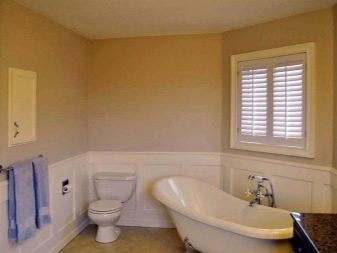

If you have artistic skills, judging by the reviews and samples of work, you can turn the coating into a real masterpiece. For bathrooms, the most often chosen sea or beach theme. Of course, the coating does not come out cheaper than decorative plaster or frescoes, but the result will be truly impressive. The texture of liquid wallpaper gives such a panel volume and makes the contours of objects a little blurry, watercolor.
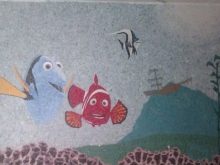

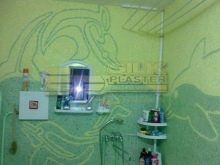
It is noted that a cellulose or cotton based coating is well suited for application in spacious rooms with an abundance of natural light. In a small, cramped bathroom, it will intensively absorb light, so you will have to think about this moment more carefully.
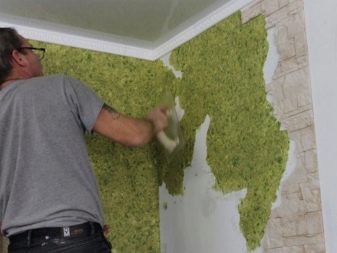

Beautiful examples of finishing
The striking combination of turquoise, blue and white tones is perfect for creating a nautical bathroom design.
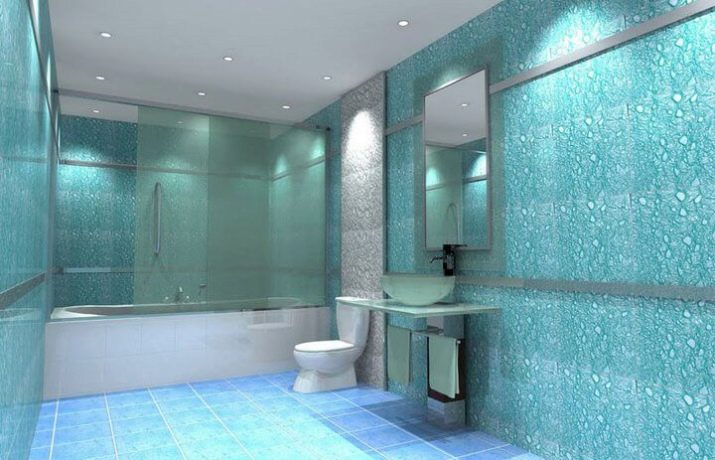
A popular combination of liquid wallpaper and mosaic tiles. In the "wet" areas, a completely waterproof coating has been laid, and the wall above is finished with a beautiful textured material.
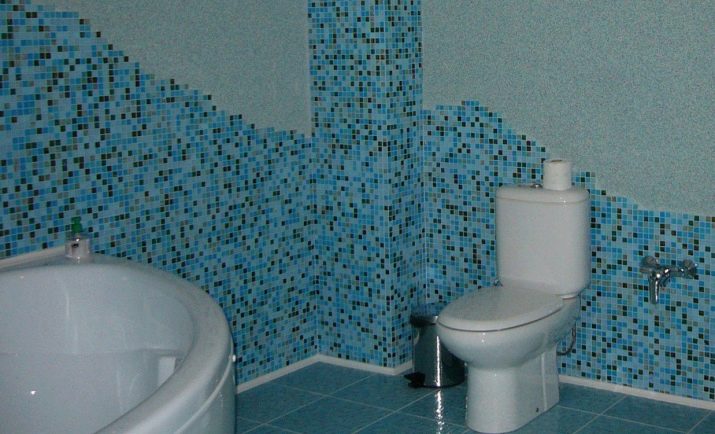
An excellent solution for the bathroom is liquid wallpaper, superimposed in stripes with different grain textures. This design solution looks very interesting. It avoids excessive contact of the coating with water.
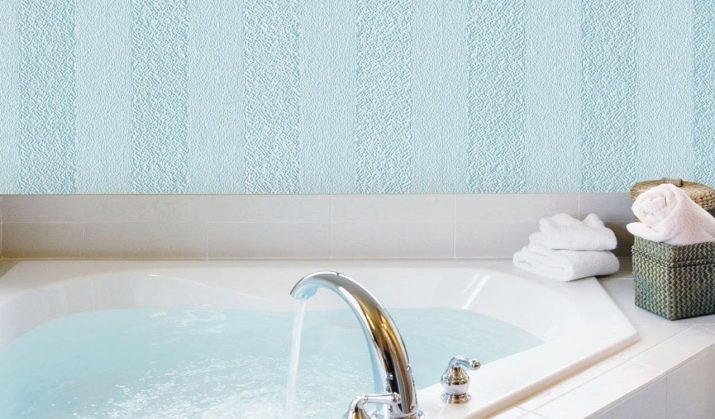
For information on how to choose liquid wallpaper, see the next video.








